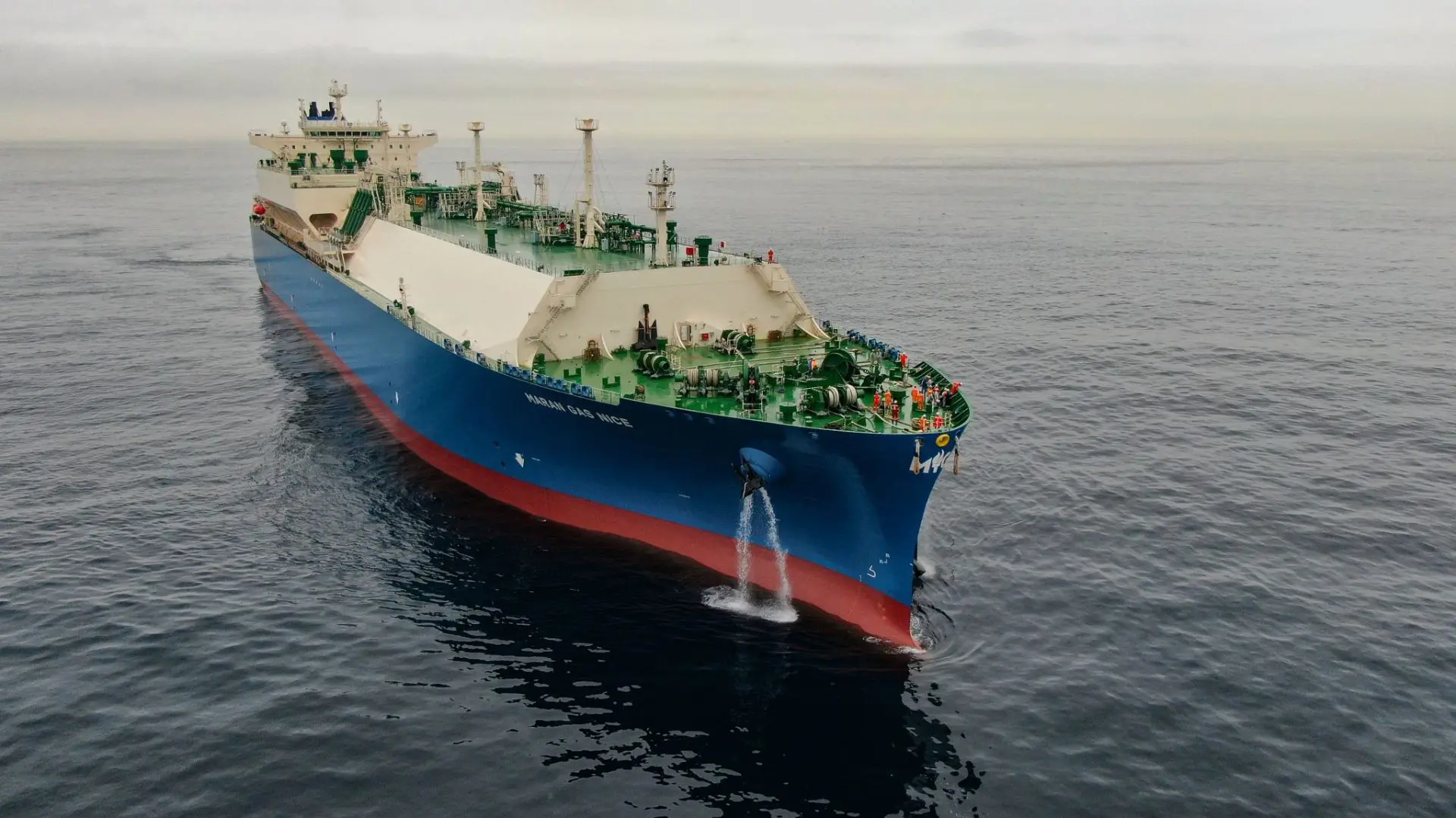Greek shipowners have spent about $13.8 billion on 59 newbuild liquefied natural gas (LNG) vessels since 2021, according to a new report by Veson Nautical’s VesselsValue.
VesselsValue said that Greek owners spent an “unprecedented” $18 billion on newbuild gas vessels since 2021 as companies diversify their portfolios away from traditional tanker, bulker, and container asset classes.
The report states that the figure includes $4 billion spent on 41 LPG vessels.
This compares to Greek shipowners spending about $12.2 billion on 167 tanker vessels, $4.1 billion on 109 bulkers, and $3.1 billion on 39 containerships.
“In a decade defined by volatile markets and seismic shifts in shipping dynamics, Greek shipowners have taken bold investment stances that could shape the future of global trade,” said Dan Nash, associate director of valuation and analytics at VesselsValue.
“Greek shipowners are clearly planning for future increases in gas and LNG supply in the global energy mix with these speculative investments,” Nash said.
Capital and Maran Gas
The report names Piraeus-based Capital Ship Management the most speculative with 15 large LNG vessels, two very large ammonia carriers (VLAC), eight medium gas carriers (MGC), and four carbon dioxide (CO2) vessels for a combined spend of about $4.7 billion.

Capital is followed by Athens-based Maran Gas Maritime, the LNG ship management company of Angelicoussis, with a total spend of about $3.3 billion that includes 15 large LNG carriers.
Athens-based Evalend Shipping is third, spending about $3 billion on 12 very large gas carriers (VLGC), two MGCs, two VLACs, and six large LNG vessels.
Newbuild prices to remain high
The report also states that newbuilding prices across sectors have reached their highest level since the 2008 financial crisis with the most recent upward pressure starting in 2021.
The high ordering activity for container and LNG vessels in 2021/22 has exerted even more pressure on shipyard capacity and building periods.
Due to the increase in orders, shipyards have held the upper hand in price negotiations and prices have climbed, the report said.

“Whilst we do not foresee a repeat of the ordering volumes from the pandemic years, we expect to see newbuilding prices for container vessels rising above the upward trendline of other sectors,” Nash said.
“Our expectations are for container newbuilding prices to continue to rise in 2024 and into 2025 at a higher pace than that of the other sectors, he said.
He said that unless container vessel earnings continue to increase, VesselValue expects container ordering demand to slow and the total orderbook to slowly subside.
“If sustained over some time, a declining total orderbook will remove capacity pressure from shipyards which typically leads to lower newbuilding prices,” Nash said.
“However, this decline will be gradual and is probably 12-24 months out in time, therefore vessel prices are expected to remain in historically high territory,” he said.

